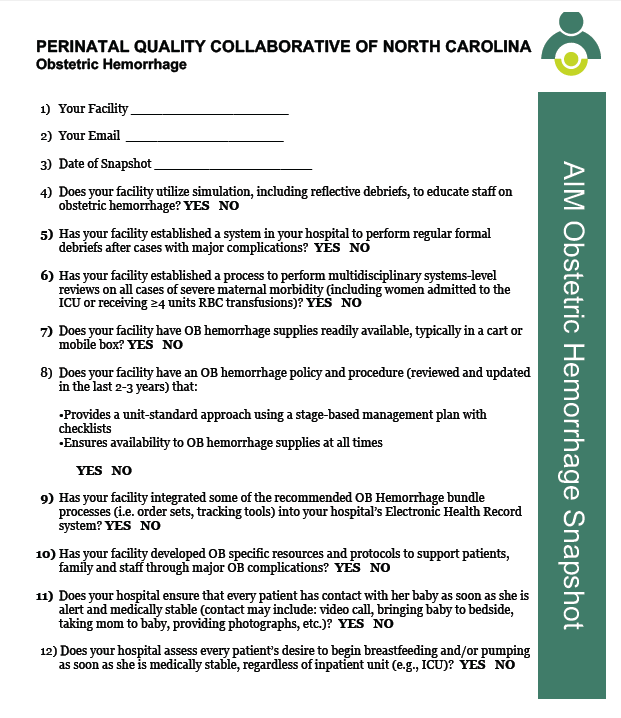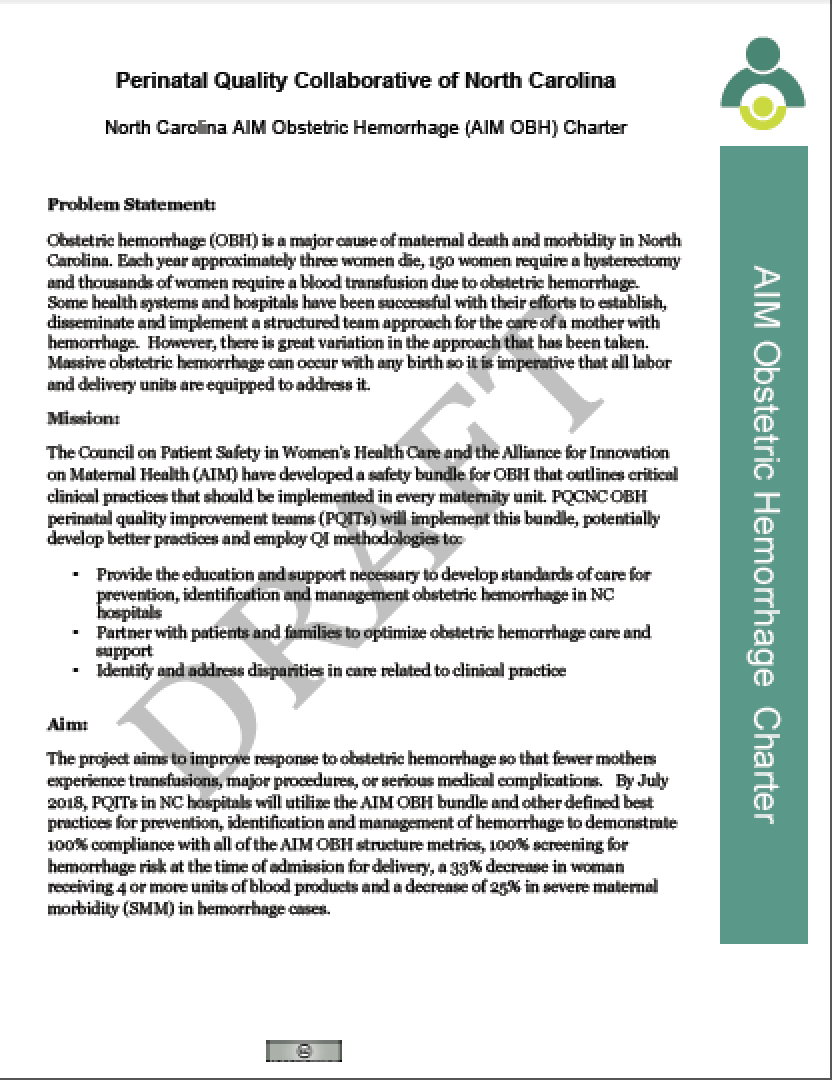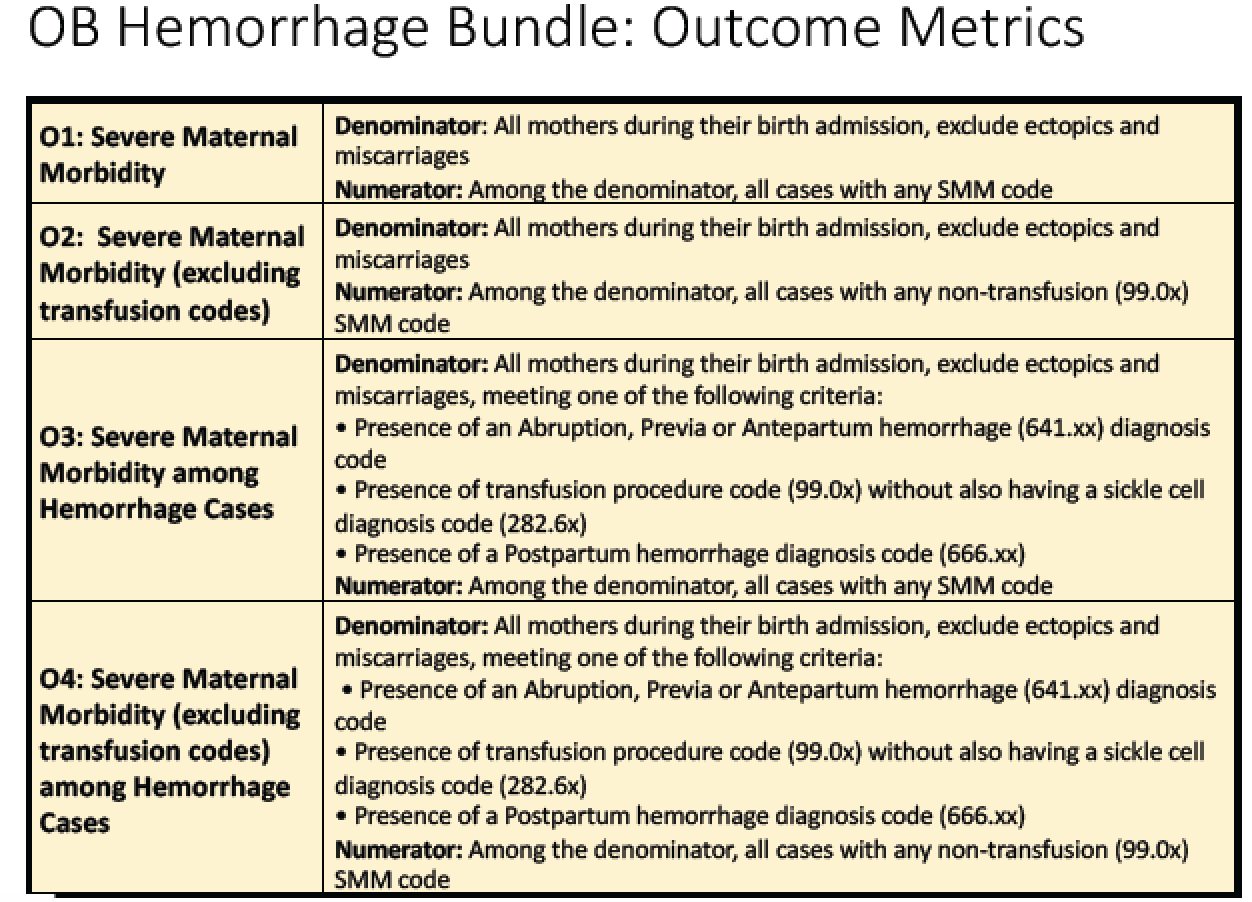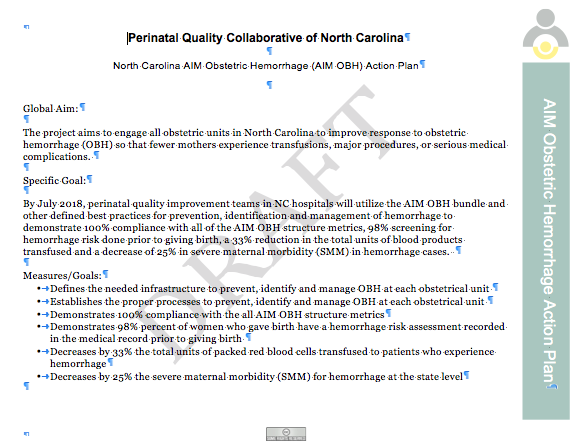Resources
Next Call:
Currently no further calls scheduled
712.432.3447 Passcode 470003
June 1 here - latest call below
June 22 Call:
ASHEVILLE, N.C. (WLOS) — Studies show up to 5 percent of women have abnormal bleeding during and especially after giving birth. Pinpointing the cause and stopping the problem quickly can be the difference between life and death.
Mission Hospital is increasing the odds of survival by having medical teams practice a birth simulation.
The simulation turns from the celebration of a successful delivery to attempting to save a mother's life, something nurse educator Christine Conrad knows all too well.
"Obstetric hemorrhage can happen without warning and without risk factors, and it happens quickly," Conrad said. "People are literally bleeding to death in front of us."
The simulation gets intense quickly for Adrienne Weir, playing the role of patient.
"It can be a little more triggering than you might think," Weir said. "You know that it's fake, but when everything is happening, you do feel like the patient."
A typical simulation lasts 10 to 15 minutes. Participants have to be ready for anything and what they take away is invaluable.
"It has really helped empower me to be a better nurse, to do what is safe for the patient, to think ahead and help save that patient's life," labor & delivery nurse Rhonda Janes said.
In this exercise, the bleeding is stopped and the life is saved, but everyone's response is reviewed.
"It's well documented that hospitals who have a plan in place, who practice that plan, have better outcomes with their hemorrhages and their obstetric emergencies," Conrad explained.
That means fewer deaths and a reduced number of long-term hospitalizations.
Like all improvement work, efforts to transform the patient care experience require thoughtful planning and full team engagement. The following videos and resources are meant to support you in your journey, and walk you through the vital steps of executing your tests of change and sustaining the gains.
Transforming the Patient Care Experience Template - a PowerPoint Template you can use to reporter work on Transforming the Patient Care Experience at your own institution

Assessing the Patient Experience with Patient Feedback - This collection of 3 videos explores different ways to collect patient and family feedback. Consider watching this as a team and discussing the appropriateness of each method for your particular needs, resources and environment.
Identifying the Ideal Care Experience - What do patients and families want and need, when it comes to care? This video walks through how to use the patient and family feedback collected to identify the ideal experience. Encourage all members of your team to learn about and assist with this process to help ensure a more objective process.
Analyzing Gaps In the Care Experience - Analyzing gaps in the care experience requires us to know the current state of care, as well as the ideal state of care. This video uses examples to walk through this process and describe how it is used to determine what actions are needed to move to the ideal care experience. Watch this video as a team and think through the information you need in order to understand your key factors for change.
Selecting a Project to Create the Ideal Care Experience - Just because you can do something by yourself, does it mean that you should? The focus of this video is on the importance of engaging all the members of your team in selecting a project and contributing to its success. As you watch this video, consider potential roles for your team members and determine who from your facility should be a part of selecting and developing a meaningful project.
Select Data to Support Your Project - How will you know if your project has been a success? This video discusses the importance of having data that supports your anticipated outcomes and also highlights the value of thinking through barriers and measuring their impact. Watch as a team and then brainstorm potential measures of success and challenges.
Implement Your Plan - What does it take to successfully implement a project? In this video, we walk through the who, what, where, when, why and how to consider prior to implementation. Everyone on your team has a role in implementation - after watching, consider your timeline and how each team member can contribute.
Monitor Your Progress - The work doesn’t end after project implementation. In this video, we discuss best practices for continual monitoring of your projects and how to put a process in place that will allow your team to identify potential problems - and successes - quickly. After watching this video, work as a team to develop a structure and timeline for ongoing monitoring.
Identify Opportunities to Share Your Work - Considering all the resources you put into executing a project, are you reporting your hard work? This video highlights the importance of sharing your progress and discusses best practices and considerations for reporting. Gather your team to watch the video and ask each member for his or her ideas about how to share your efforts and who to share your work with.




